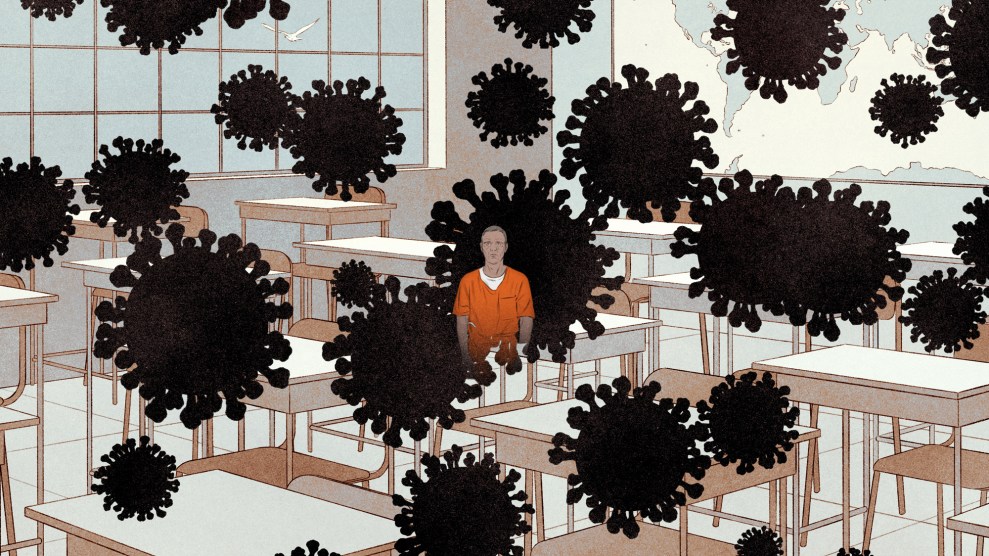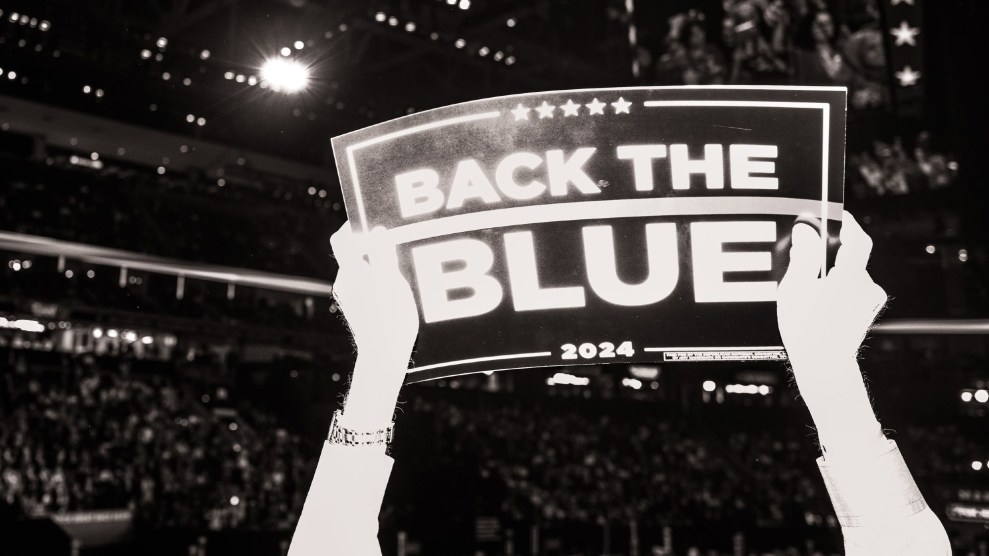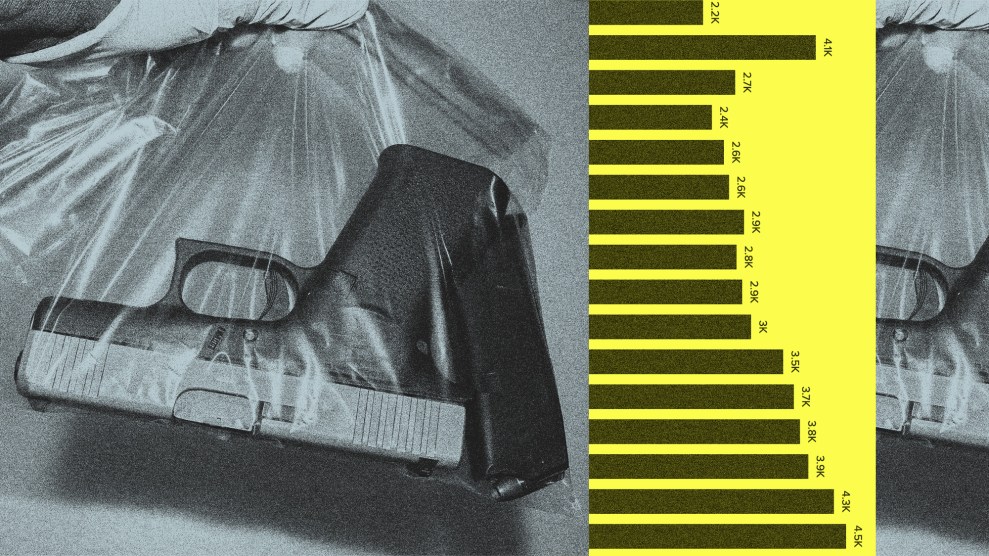Until recently, the medical establishment recommended regular “baseline” or “screening” mammograms for women in their 40s. But increasingly researchers suspect that unless you are over 50 or have found a suspicious lump in your breast, screening mammograms are unnecessary and could possibly increase your breast cancer risk slightly.
Here are four reasons for premenopausal women to think twice before getting a mammogram:
- Mammograms don’t work very well for premenopausal women.
- Routine mammograms missed 40 percent of the breast cancers that developed among 25,000 women aged 40 to 49, according to a Canadian study released in 1992. In a similar Swedish study, 38 percent were missed. These high rates of false negatives occur because the dense, healthy breast tissue of younger women can resemble or obscure tumors. As a result, mammograms are notoriously inaccurate in women younger than 50, the average age of menopause.
- Screening mammograms don’t improve your chances of survival.
- The aforementioned Canadian study followed 25,000 women who had routine screening mammograms and an equal number who did not. The findings: Women in both groups developed and died of breast cancer at the same rates. Seven other randomized studies have also reported no statistically significant reduction in the death rates of women who underwent routine screening mammography.
- Mammograms sometimes find tumors that aren’t there.
- Radiologists are reluctant to rule out malignancy in the case of difficult-to-read areas. False positives occurred in 3 percent of the mammograms reviewed by the Swedish study. False positives usually lead to biopsies which, although relatively safe surgical procedures, are both emotionally and financially draining.
- Mammograms expose women to radiation that may cause breast cancer.
- Although modern mammography equipment uses far smaller dosages of radiation than did the machines built during the 1970s, no minimum dose of radiation has been proven safe with respect to breast cancer. “Every dose, no matter how low, confers some risk,” says Dr. John Gofman, a nuclear scientist whose work dates back to the Manhattan Project. The risk is believed to be small–Gofman estimates that for a 40-year-old woman, a typical mammogram translates into no more than a 1-in-2,700 chance of developing breast cancer. But this risk is cumulative, increasing with each subsequent mammogram.
The National Cancer Institute, which launched the mammography crusade in the 1970s, recently rescinded its long-standing recommendation that women younger than 50 have routine mammograms. The National Women’s Health Network and the Center for Medical Consumers actively advise premenopausal women to avoid mammography except to evaluate suspicious lumps. All three organizations continue to support routine mammography for women over 50.











